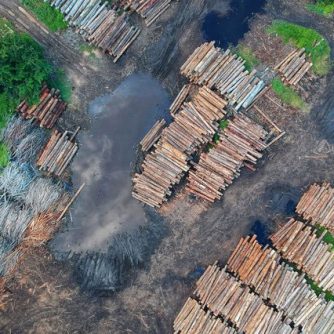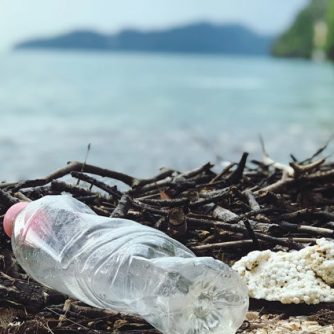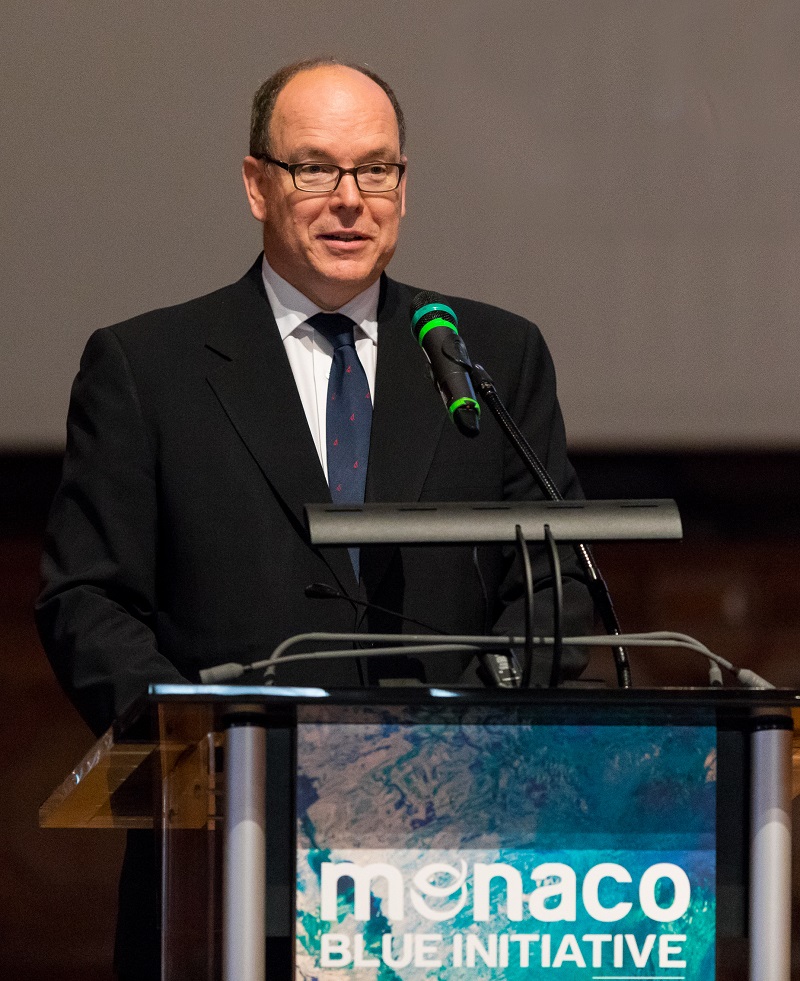A decisive step for biodiversity?
"Leadership Commitment to Nature".
- Home
- Actualités
- A decisive step for the preservation of biodiversity?
Have we finally reached a true awareness
on the erosion of global biodiversity?
Since the
IPBES report in May 2019
on the Global Assessment of Biodiversity and Ecosystem Services, biodiversity joins climate in the spotlight. And there too, the news is bad. The change is brutal and very unfavourable for humans as well as for other species. The latest UN report on the global outlook for biodiversity highlights that none of the international commitments made in 2010 – the Aichi targets – have been met.
But this week, at the summit of Heads of State and Government on biodiversity organised by the United Nations on 30 September 2020, a block of countries – of which Monaco is naturally a part – showed itself more determined than ever to reverse this trend.
Some sixty Heads of State and Government signed a “Leaders’ Commitment for Nature” that was particularly lucid and ambitious, at least on paper.
Even if we can regret the absence of certain large countries, this appeal could be a milestone if it is followed up, because it resolutely places biodiversity at the heart of the balances of our Planet that are necessary for human development, as well as at the heart of the political decisions that must be taken on the path of development that we wish to follow.
Recognizing that “nature underpins human health, well-being and prosperity”, the signatory decision-makers are mobilizing to “put nature and biodiversity on a path to recovery by 2030” in order to “achieve the vision of living in harmony with nature by 2050”.

A holistic approach
In particular, the signatories committed to “end traditional silo thinking and address the interlinked challenges of biodiversity loss, land, freshwater and ocean degradation, deforestation, desertification, pollution and climate change in an integrated and coherent manner, ensuring accountability and strong and effective review mechanisms, and lead by example through action in [leurs] own countries”
To this end, they commit to “strengthen cooperation between multilateral environmental agreements, international organizations and relevant programmes”.
For the Ocean in particular, coordinated action is needed on the various threats to biodiversity:
Against overexploitation, the leaders pledge to “eliminate unsustainable uses of the ocean and its resources, including illegal, unreported and unregulated fishing and unsustainable fishing and aquaculture practices,” as well as to combat environmental crime.
Against pollution, it is to “significantly reduce pollution of air, land, soil, freshwater and ocean, including eliminating plastic leakage to the ocean by 2050 as well as pollution from chemicals, excess nutrients and hazardous wastes, including through enhanced global coordination, cooperation and governance on marine litter and microplastics.”
To halt climate change, the signatories commit to “increase ambition and align [leurs] national climate policies on the Paris Agreement, with enhanced nationally determined contributions and long-term strategies consistent with the temperature targets of the Paris Agreement and the goal of zero net greenhouse gas emissions by mid-century.



Transform our development model in depth.
The call affirms the need for a “transition to sustainable production and consumption patterns and sustainable food systems that meet people’s needs while staying within the planet’s limits”, as well as a “transition to sustainable growth, decoupled from resource use, including a shift to a circular and resource-efficient economy, encouraging behavioural change and significantly scaling up nature-based solutions and ecosystem approaches on land and at sea”.
Public policy must reflect and drive this systemic change. The signatories committed to “integrate biodiversity into relevant sectoral and cross-sectoral policies at all levels, including in key sectors such as food production, agriculture, fisheries and forestry, energy, tourism, infrastructure and extractive industries, trade and supply chains”.
Because of the close links between ecosystem conditions, animal health and human health, the signatories stress the need to “integrate the ‘One Health’ approach into all relevant policies and decision-making processes, at all levels, in order to address health and environmental sustainability in an integrated manner.”
Finally, the signatories, implicitly recognizing the limits of the system of voluntary commitments without real follow-up or sanctions, made a point of specifying: “We are not content with words, but we commit ourselves to meaningful action and to making ourselves mutually accountable to address the global emergency. It marks a turning point and comes with the explicit recognition that we will be judged, now and by future generations, on our willingness and ability to meet its goals.”
The biodiversity conservation system must be based on “a clear and robust set of goals and objectives, supported by the best available science, technology and research as well as indigenous and traditional knowledge” and “a robust monitoring and review mechanism”.
So here we have a clear statement and a comprehensive roadmap. It remains to be seen what the final impact of this “commitment” will be, beyond the recognition of the scope of the work to be done.
In the short term, we must hope that the months that still separate us from the 15th meeting of the parties to the
Convention on Biological Diversity
We hope that the remaining months between now and the 15th Meeting of the Parties to the Convention on Biological Diversity, which has been postponed to 2021 and will be held in Kunming, China, will be decisive. On the one hand, to translate the goodwill expressed into clear and measurable objectives, and on the other hand, to rally the large countries that are still waiting.


In the medium term, this step forward will have to be translated into action and the objectives will have to be achieved. The decade starting in 2021 will be the decade of a new framework for global biodiversity, which I hope will be ambitious, the decade of strengthened national commitments for climate (to be decided at the
COP26 in Glasgow
), the decade of ocean sciences for sustainable development, the decade of ecosystem restoration. All these dynamics can converge to make a real difference in the preservation of our planet… Let’s not spoil such an alignment of the planets!
In his message to the summit of Heads of State and Government on biodiversity organised by the United Nations on 30 September 2020, H.S.H. Prince Albert II recalled the importance of biodiversity as a fundamentally social issue.
"Of all the many painful crises facing our world, the one concerning biodiversity is probably one of the least noticeable. It is however one of the most acute.
This phenomenon is not only measured in species loss. It is also measured in crop losses, in drought, in floods, in human tragedy. »
"It's not just about preserving a few species, a few ecosystems, or even a few seas. It's about preserving our planet, our future, our lives. »
The Sovereign also specified the main initiatives that the Principality is already supporting in favour of marine biodiversity:
"The Principality of Monaco has joined the Global Ocean Alliance, which aims to protect at least 30% of the ocean by 2030, in the form of marine protected areas, and this should not exclude Antarctica, the continent that our predecessors in their wisdom dedicated to science. [Monaco a] created, with France and Tunisia, the Medfund, an innovative financial mechanism designed to promote the development and networking of Mediterranean marine protected areas. »S.A.S. le Prince Albert II de Monaco
Finally, the worrying situation of coral reefs has led the International Coral Reef Initiative (ICRI), which Monaco co-chairs, to propose to include the recognition of their specificity in the context of the Global Biodiversity Framework, in view of their importance and their situation.










